Two weeks ago, when the Hattiesburg Pocket Museum posted an AI-generated poster for its Taylor Swift dance weekend, community members voiced concerns. Rather than engaging in meaningful discourse, the museum blocked them and deleted their comments. This response reflects a broader reluctance to confront the uncomfortable truth about AI art.
In my freshman fall, before the launch of OpenAI’s ChatGPT, I learned to write. I pulled countless all-nighters to perfect my honors essays due each week. That semester was also when I first encountered the concept of academic papers, as I had been oblivious to it as a STEM student. Each revision sharpened my thinking and strengthened my voice. That struggle made me a better writer. Art demands even more. Today, my college career has been overshadowed by AI — not by its use, but by the constant fear of being accused of using it.
Last fall, I modeled for a figure drawing class. While holding a single pose for 45 minutes tested my endurance, the real challenge lay with the students sketching before me. Over nearly three hours, they engaged in humanity’s most primitive creative act: translating what they saw and felt onto paper through their own hands, vision and patience.
Art has always defined human existence. From cave paintings to ceramics, from jewelry to sculpture, artistic creation serves as proof that we were here — that we felt deeply enough to make something entirely our own. Standing before Monet’s water lilies at MoMA in March 2024, I felt that connection, the same transcendent emotion I experienced viewing Basquiat’s work at the Hirshhorn this summer. These artists poured their lived experiences, perspectives and humanity onto the canvas. Their work moves us because another human made it.
True artists don’t become artists by merely entering prompts into a computer. They develop their craft over a lifetime through dedication, practice and countless hours of work. They study their predecessors, draw inspiration from life and other creators, and credit their influences. Their art emerges from observation, emotion and deliberate choices that reflect their unique life.
AI art is fundamentally different. These models are trained on millions of artworks scraped without permission from artists who never consented to having their life’s work reduced to “data.” This is not a limitless resource that appears from thin air, but theft. Every AI-generated image is built on the stolen labor of real artists whose styles, techniques and creative choices are being exploited for profit by tech companies. Ongoing lawsuits are now challenging these copyright violations, but the damage to artists continues daily.
According to a recent Pew Research Center report, 53% of Americans believe AI will worsen people’s ability to think creatively. They have valid concerns. AI art represents a lazy attempt to simulate human creativity while branding it as “progress.” However, there is nothing progressive about replacing human expression with algorithmic mimicry.
Art is creative, emotional and fundamentally human. It requires presence; the artist must be there, must choose, must feel. AI-generated images are stolen, unethical, empty and devoid of life. They contain no authentic human experience, no deliberate artistic choice, no soul. An algorithm cannot experience the world, confront mortality, fall in love or feel heartbreak. It cannot stand in front of a canvas for hours, questioning every brushstroke.
When institutions like the Hattiesburg Pocket Museum choose AI-generated posters over commissioning local artists, they send a clear message that human creativity is disposable. When they silence criticism rather than engage with it, they reveal their unwillingness to confront the ethical implications of their choices.
We must resist calling AI-generated content “art.” Language matters. When we blur this distinction, we devalue the human experience that gives art its meaning. Real art connects us across time and culture because it is proof that other humans existed, felt and created.

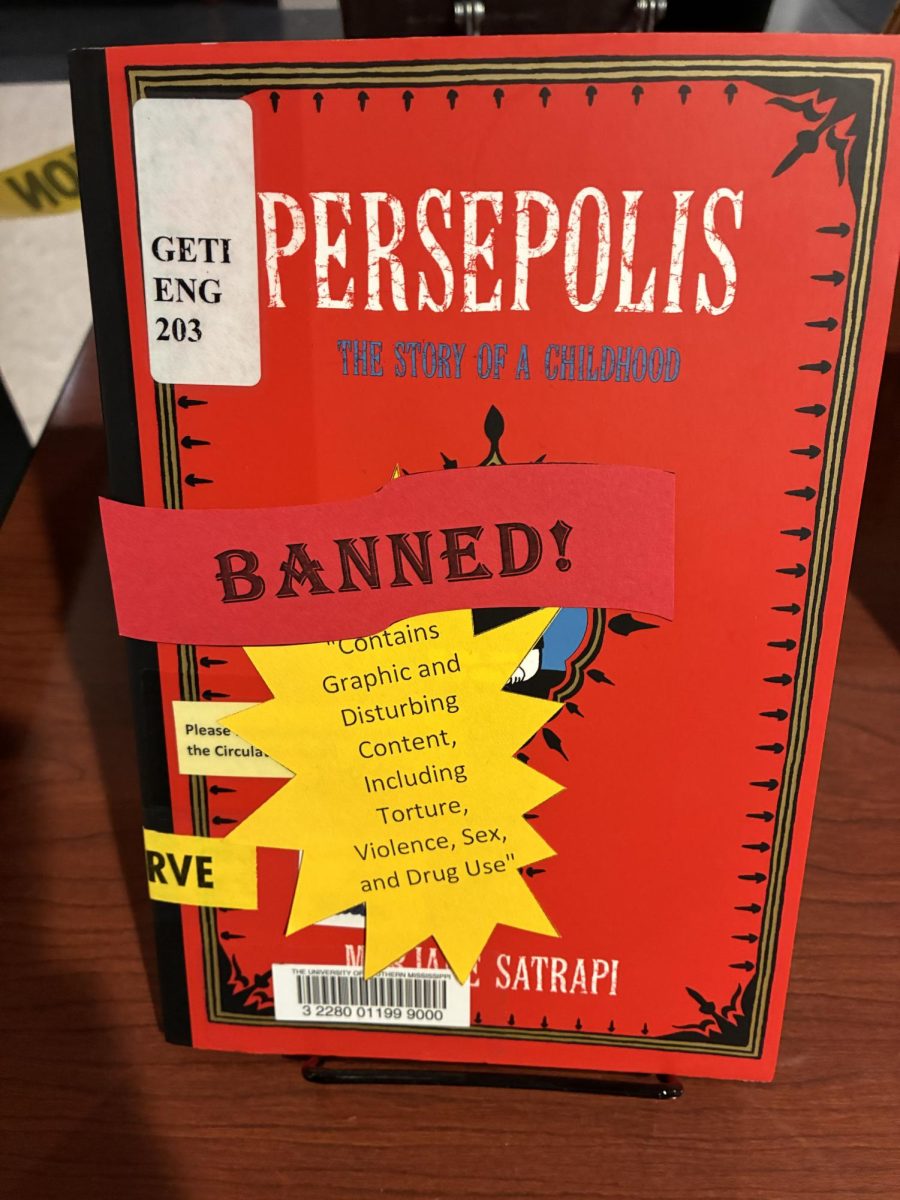
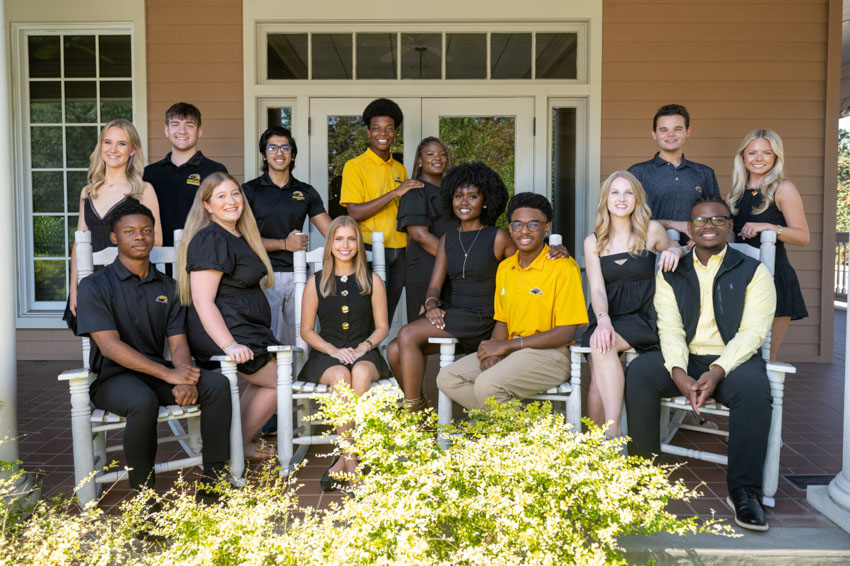
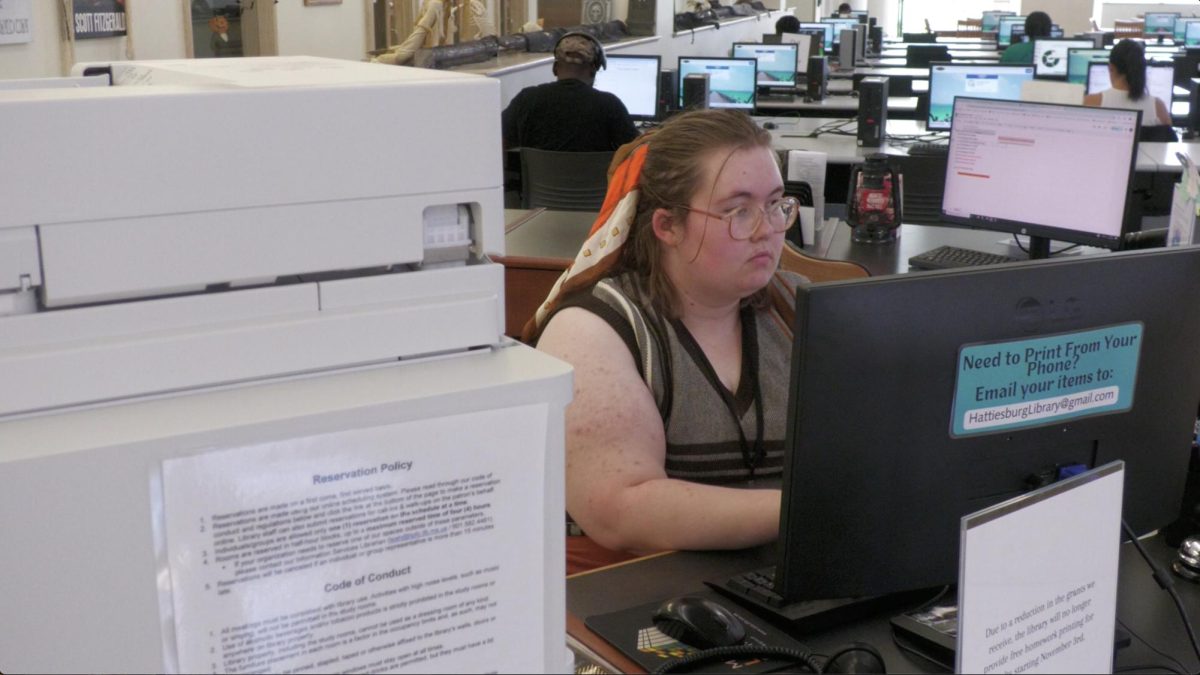
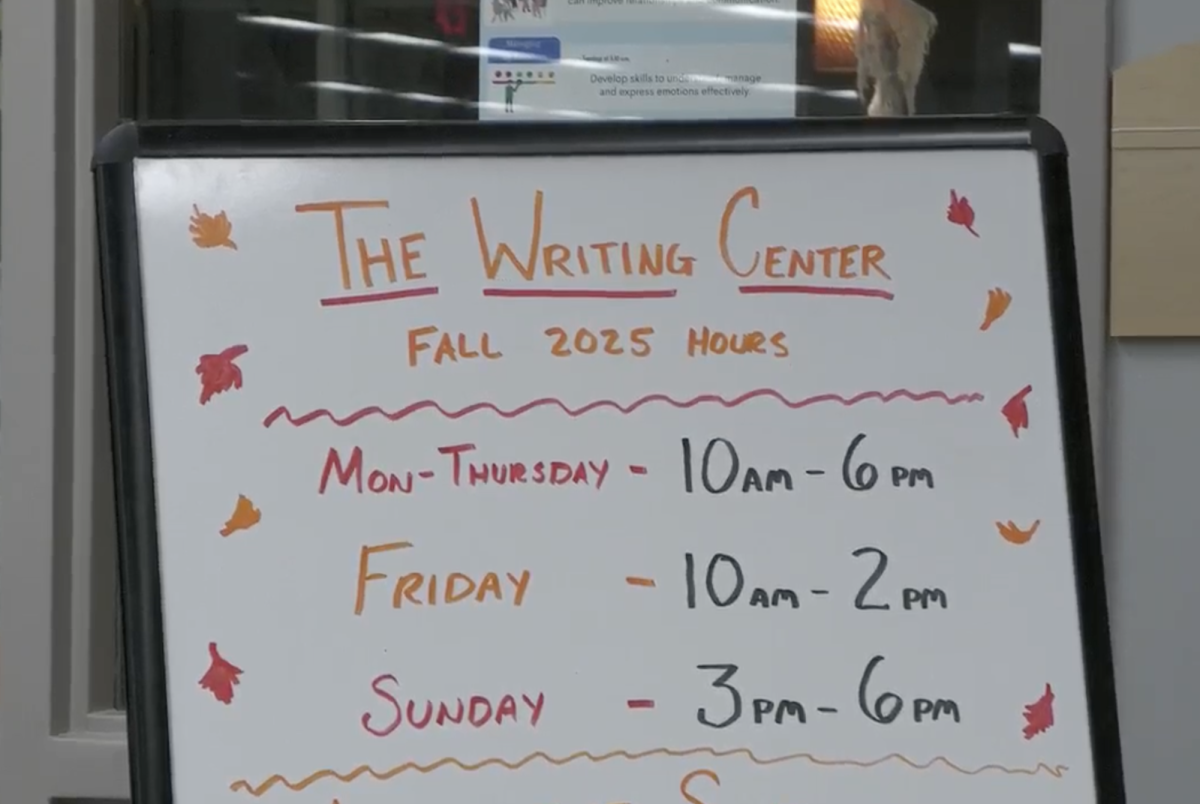
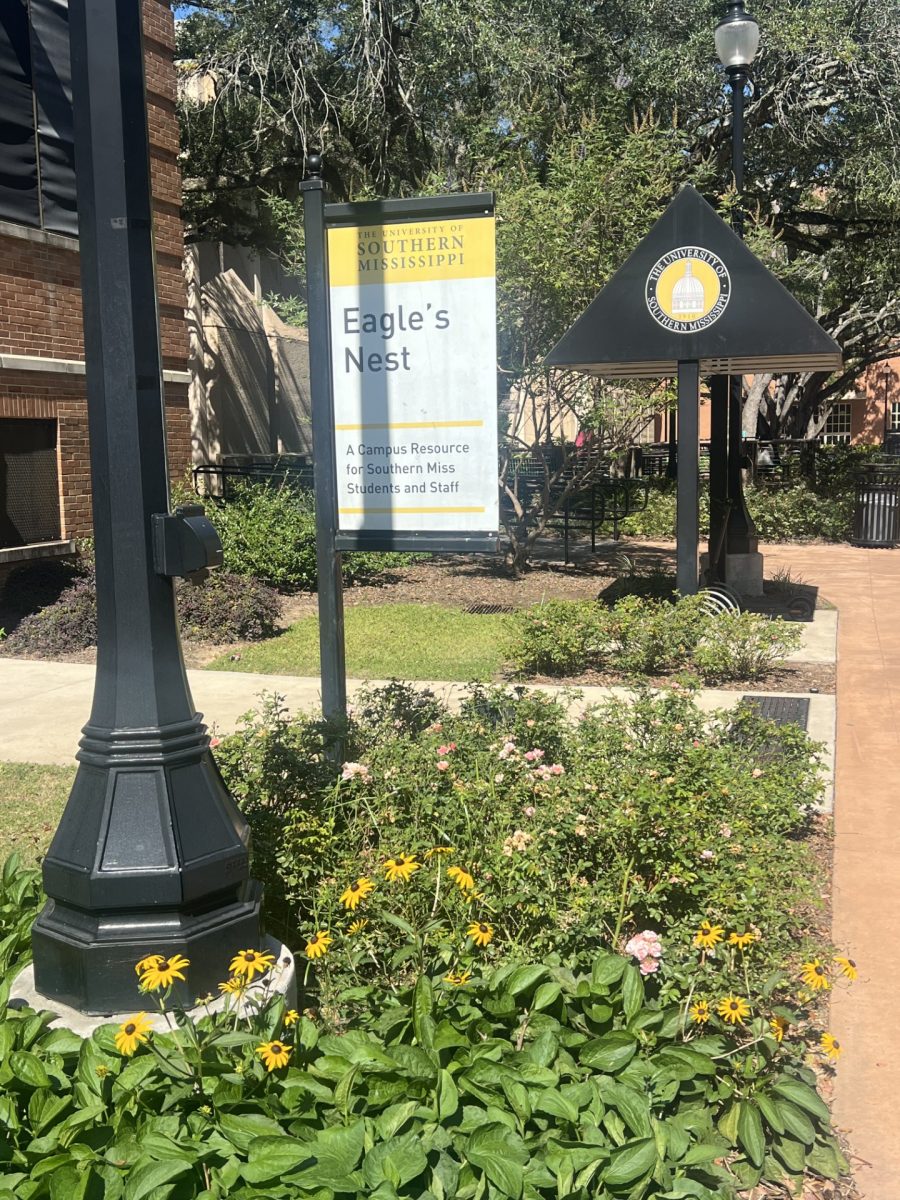
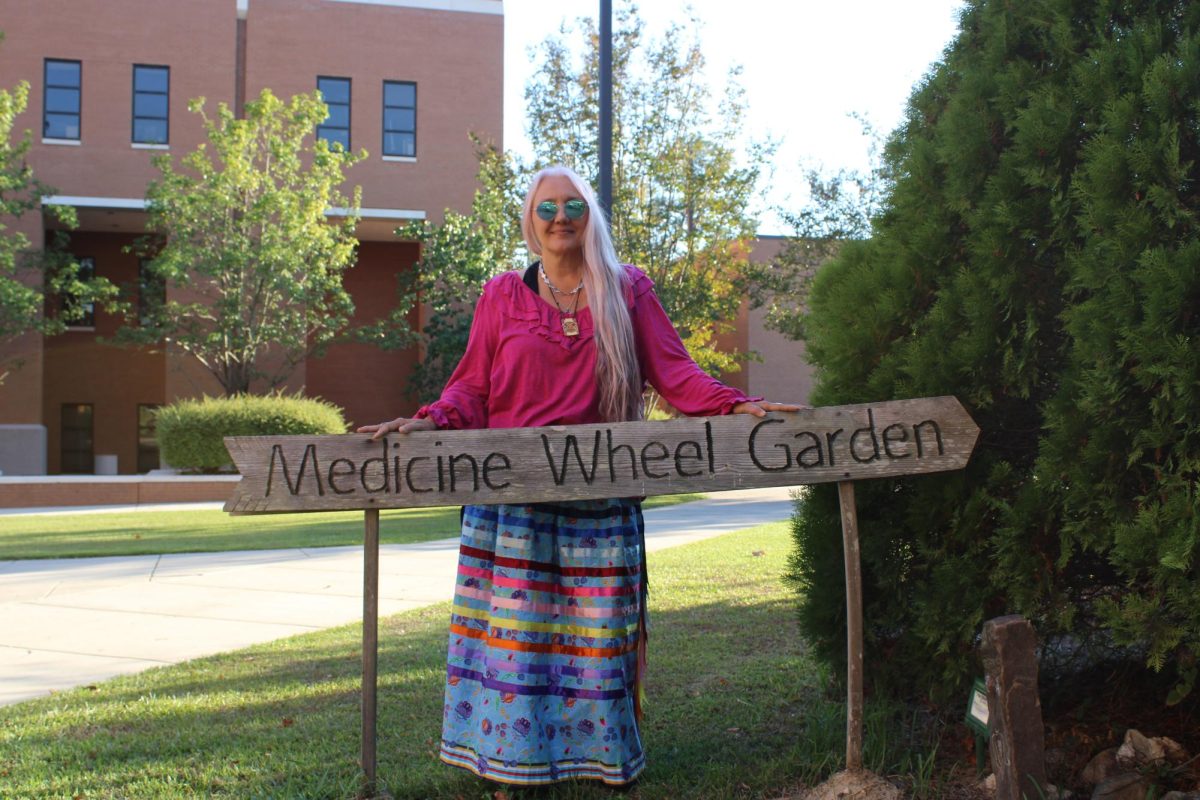
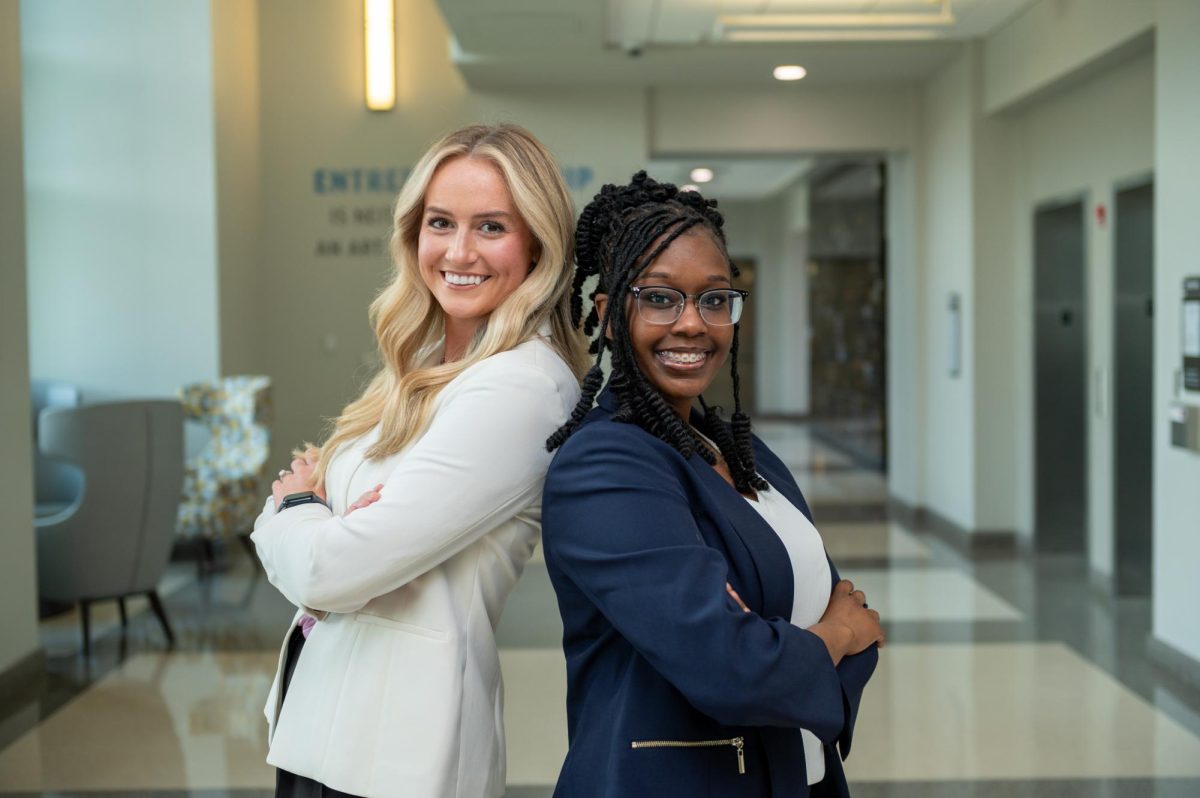
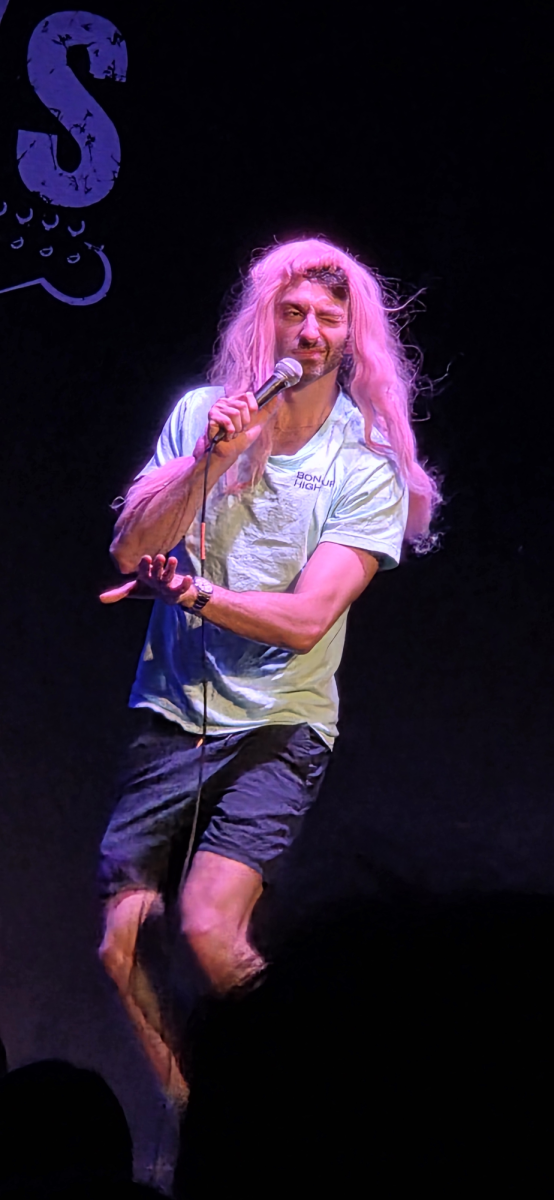
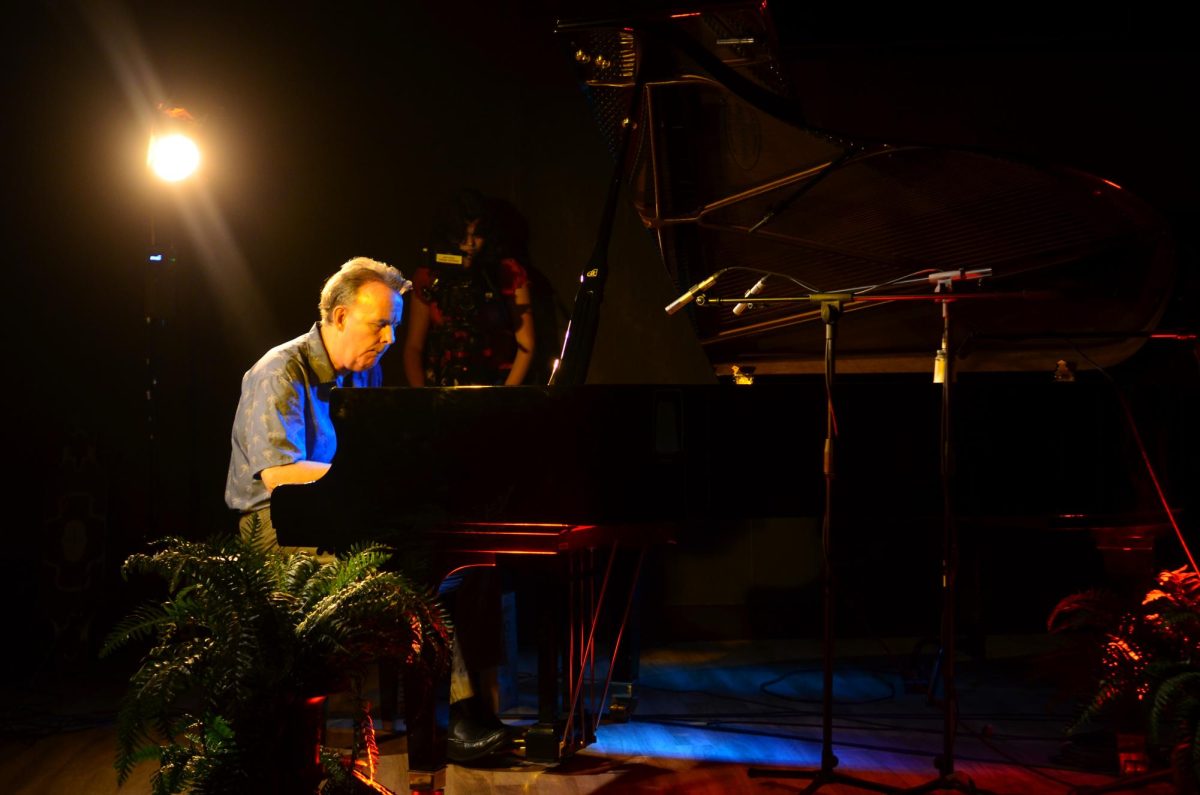
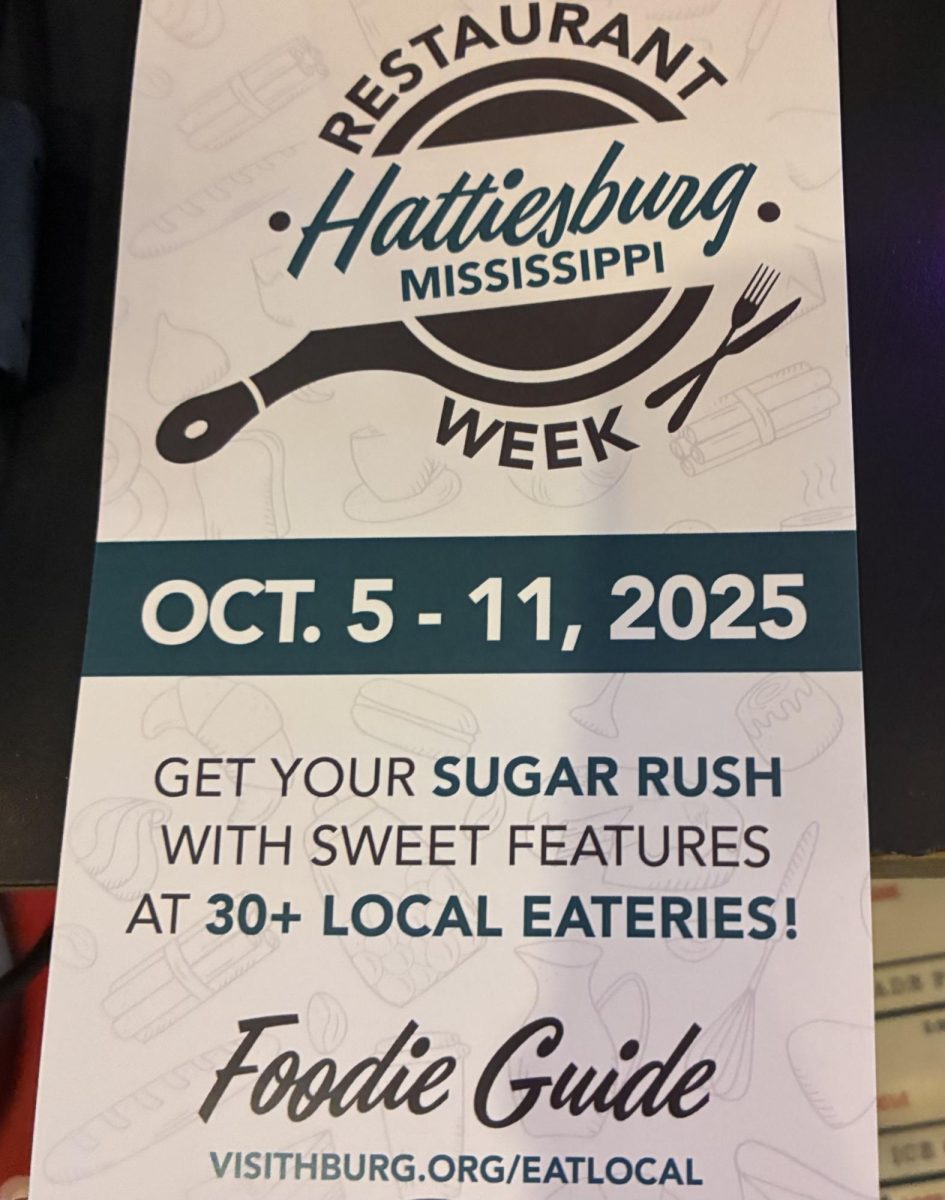
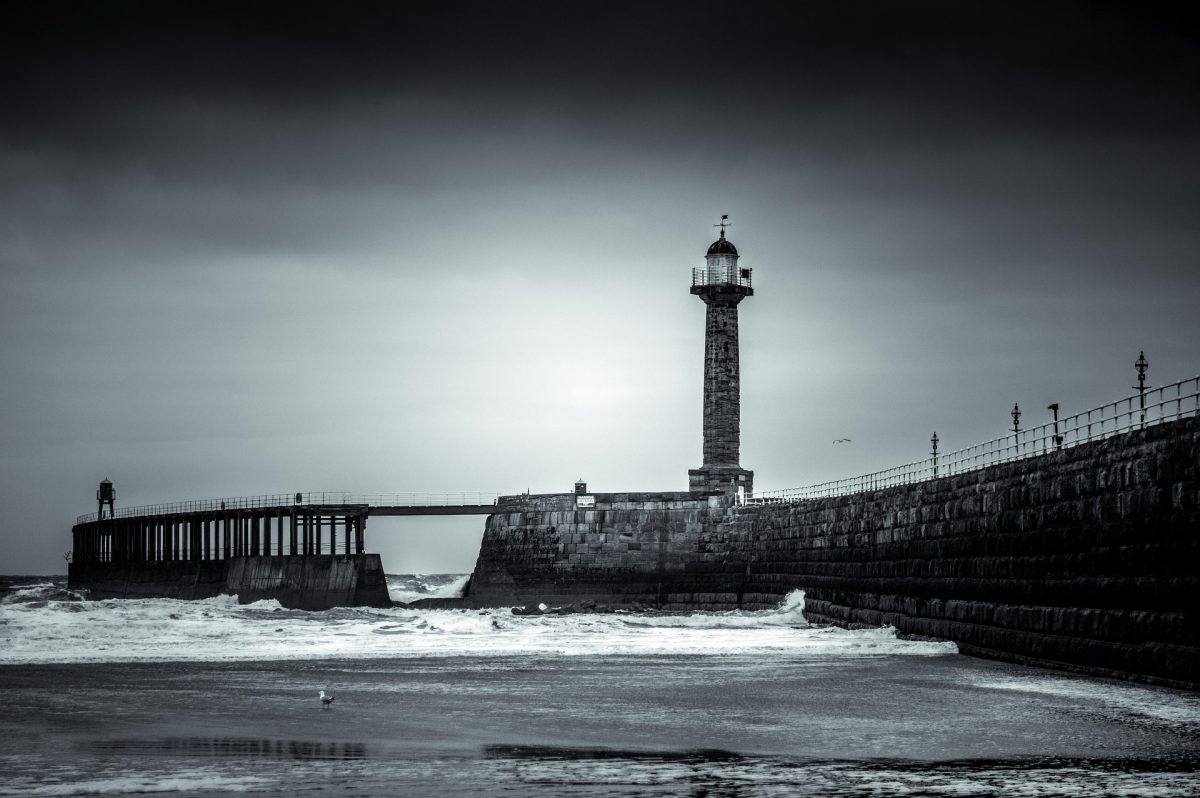

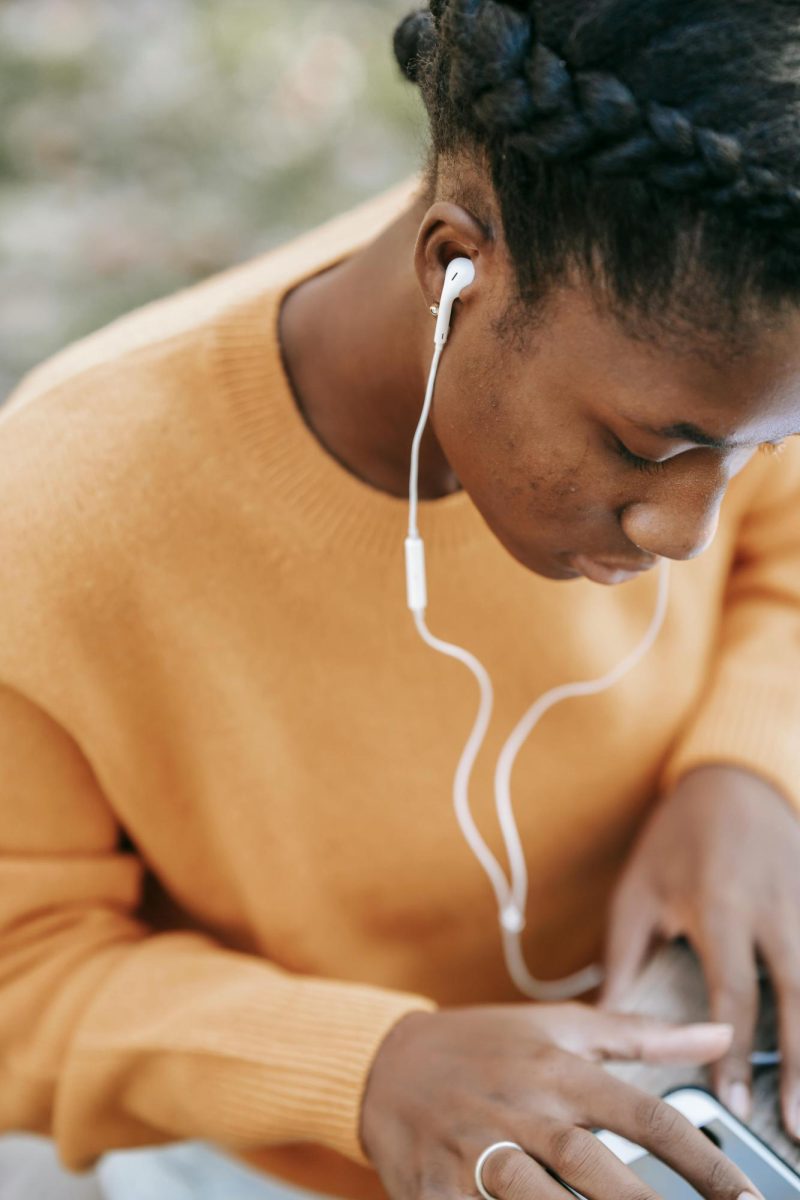

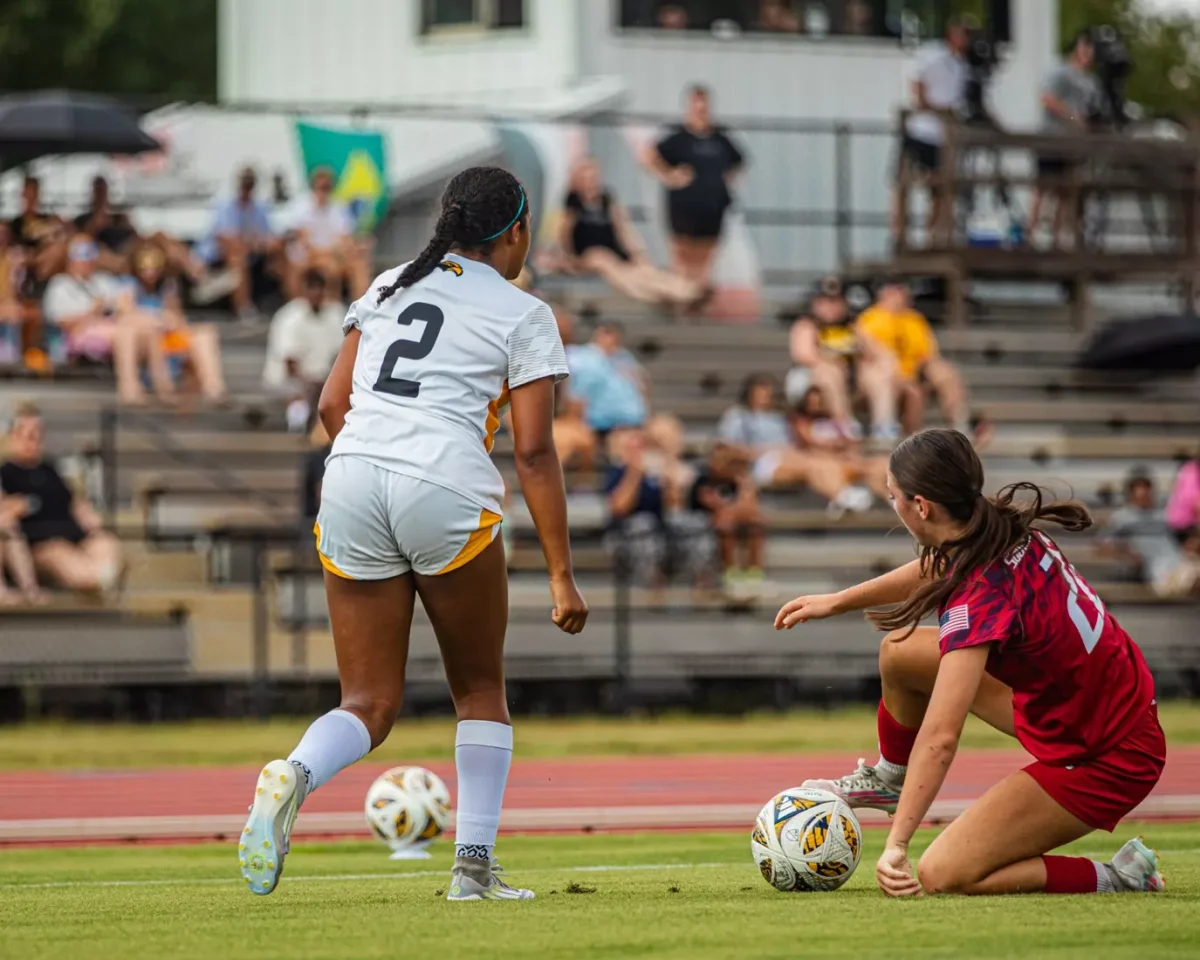
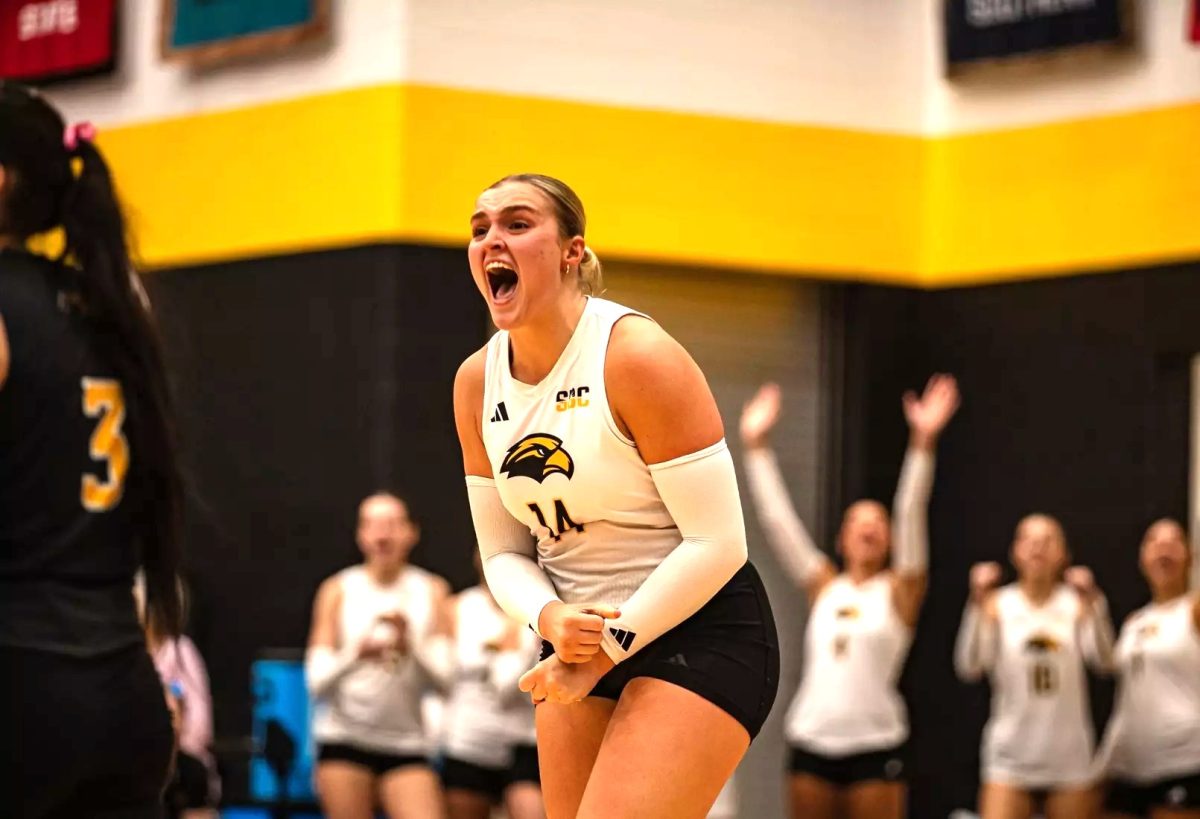

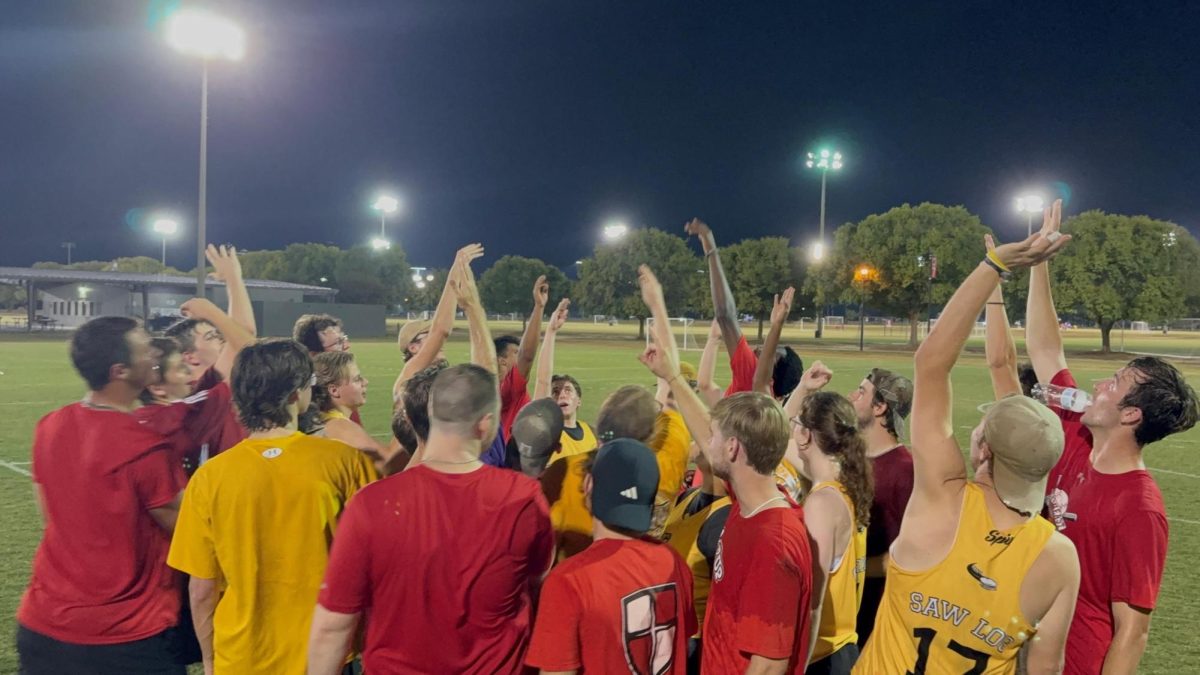
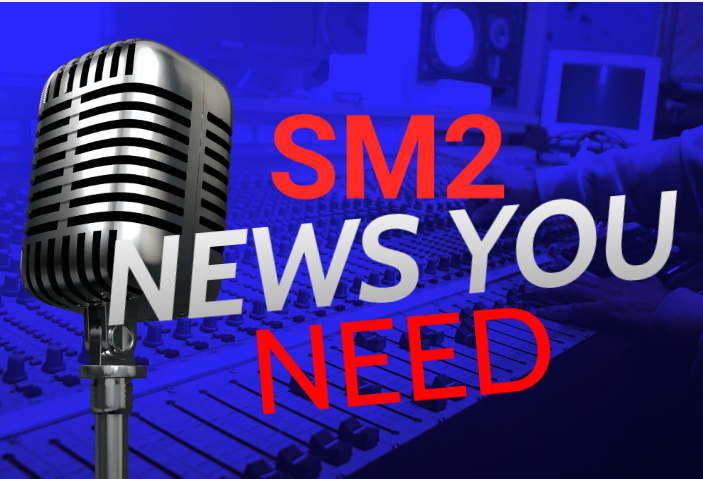

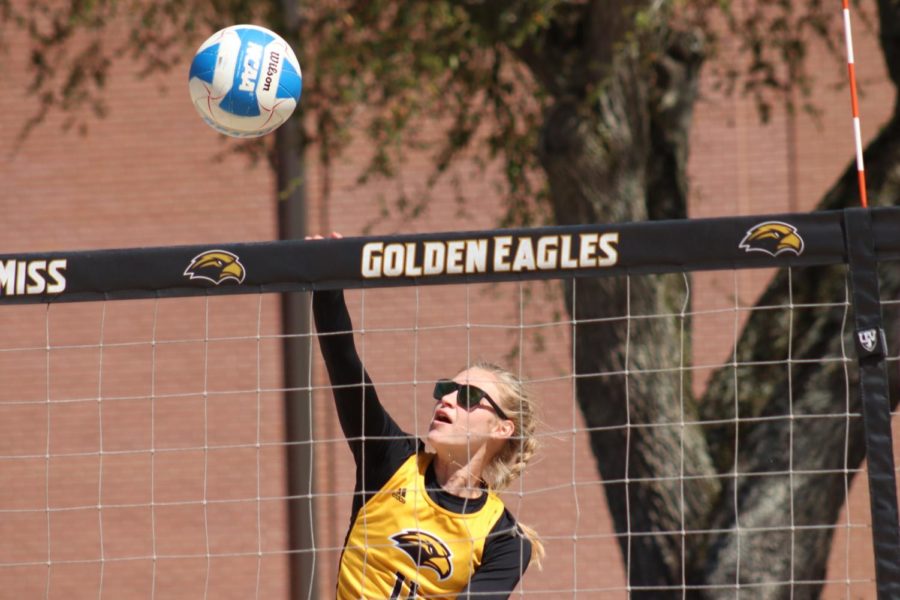
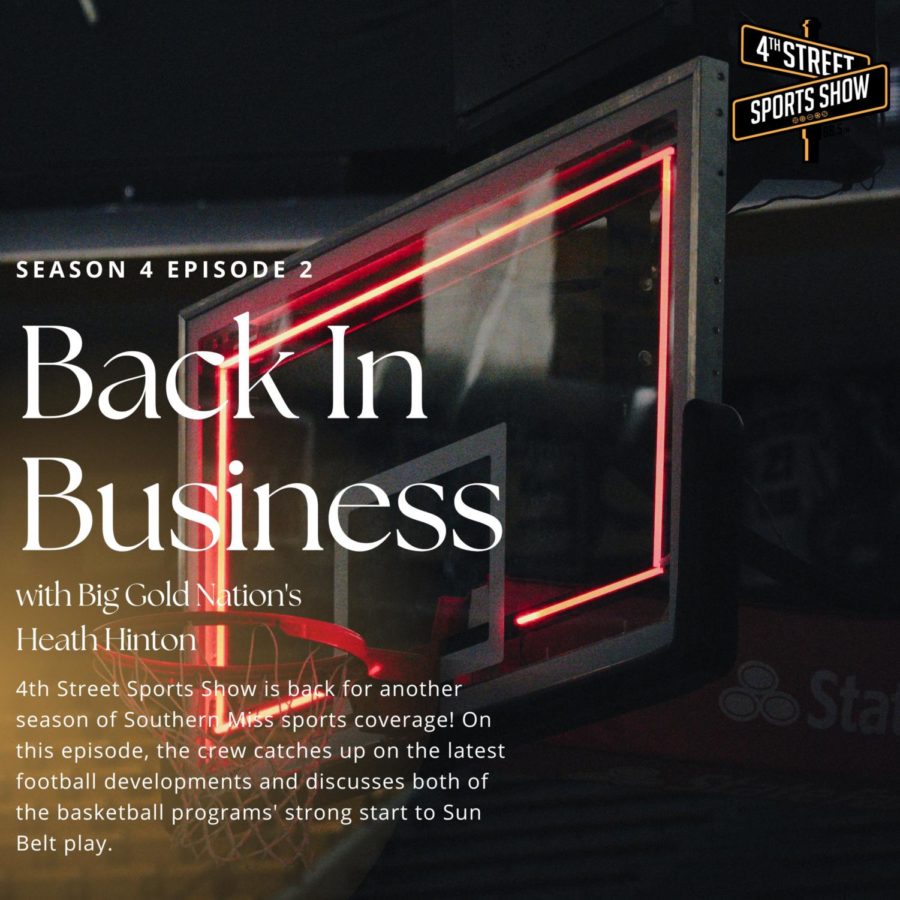
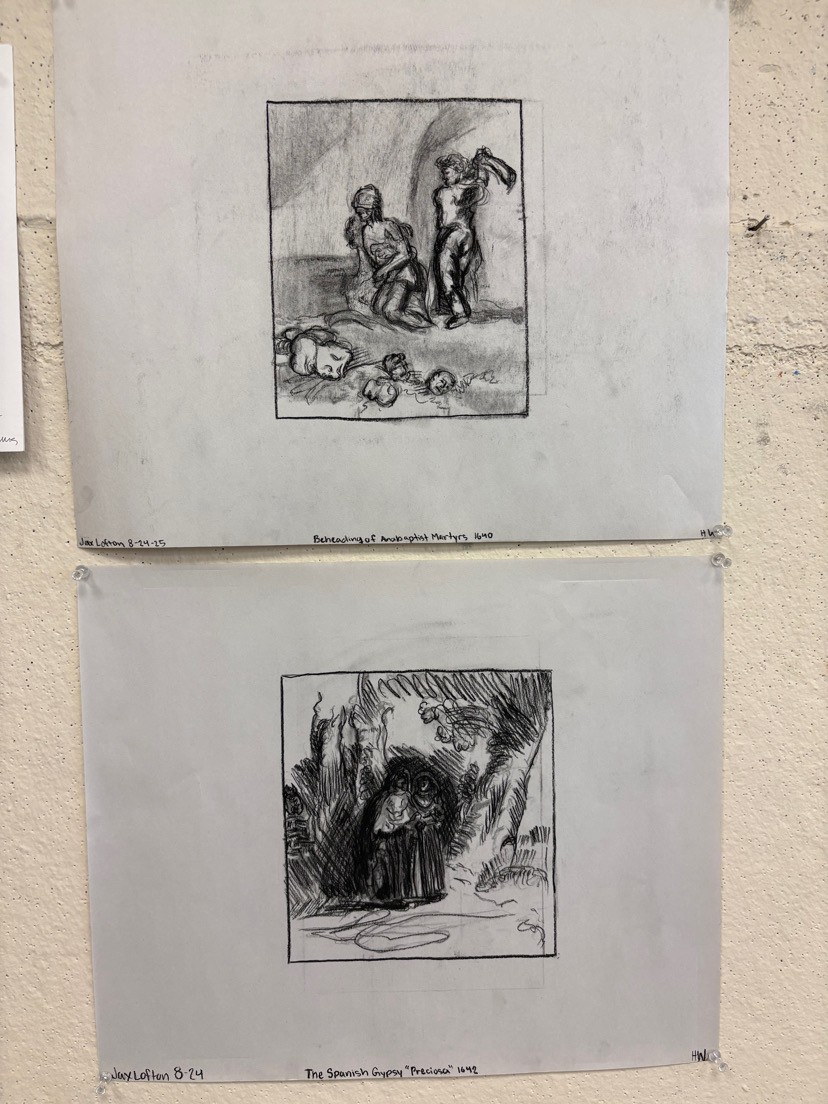
kate greene | Oct 4, 2025 at 5:15 pm
And I like how i have prove I am human and verify my email and be moderated before you will post my comment. isn’t it ironic?
kate greene | Oct 4, 2025 at 5:13 pm
Were the comments deleted by the Museum long, thoughtful, and rational like your piece or were they hateful and angry? While I agree with you about art, I need more info before I judge the Museum’s response. As a private organization, they are not bound by the first amendment and even if they were, no one has to tolerate hate.